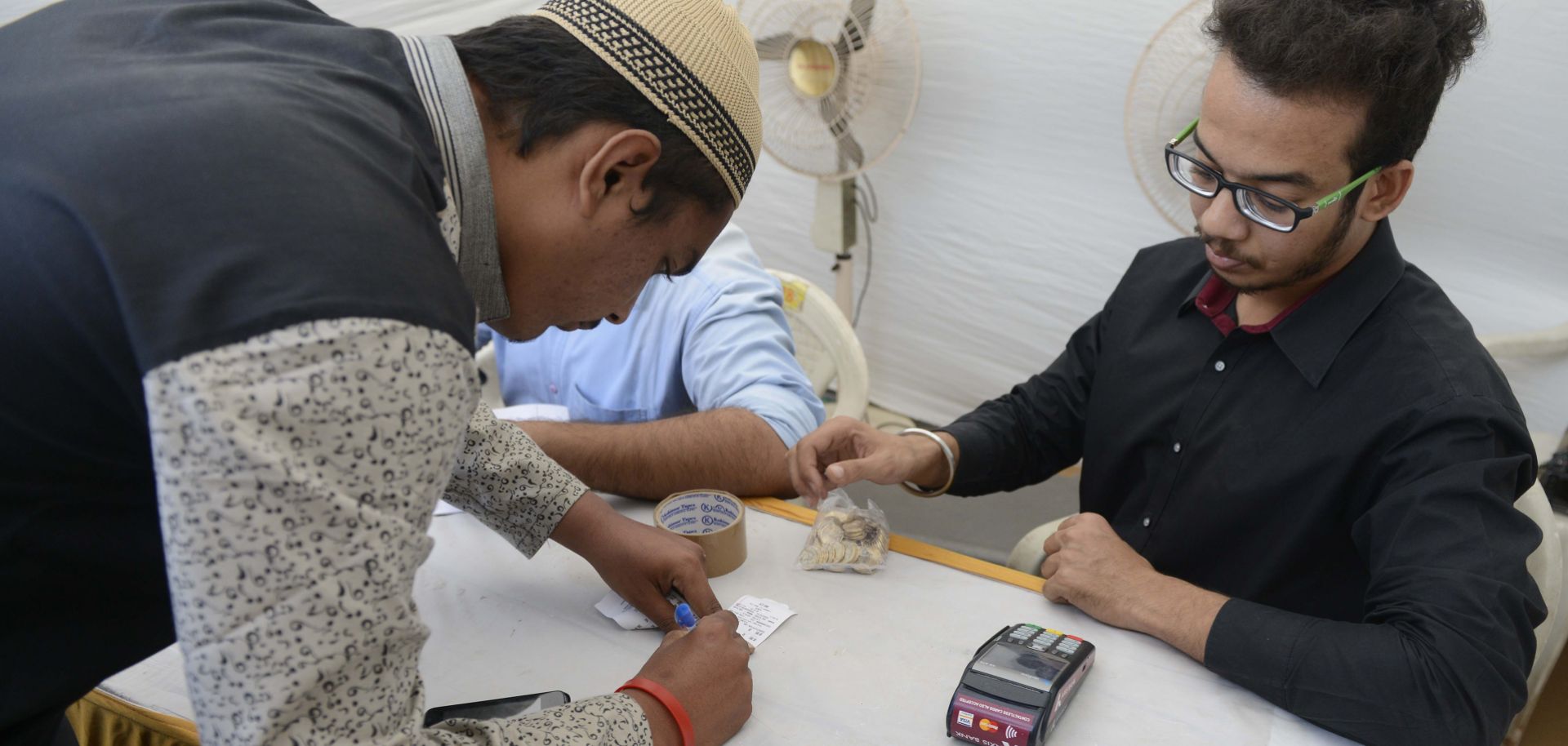ASSESSMENTS
As the Results Trickle In, a Mixed Bag for Indian Demonetization
Sep 15, 2017 | 09:00 GMT

In November 2016, Prime Minister Narendra Modi declared that banknotes in the most widely circulated denominations could no longer be spent and that the notes had to be turned in by the end of the year before they became worthless.
(SAM PANTHAKY/AFP/Getty Images)
Highlights
- With 99 percent of the demonetized cash returned, India’s government will begin the long process of tracking down illegal funds within the banking system.
- The tax base showed stellar growth after this policy was implemented, but since much of the gains likely came from the separate Income Disclosure Scheme, they are unlikely to be sustained.
- The digitization of the economy has taken great strides as a result of demonetization, but an August decision by the Supreme Court has thrown this progress into doubt.
Subscribe Now
SubscribeAlready have an account?
